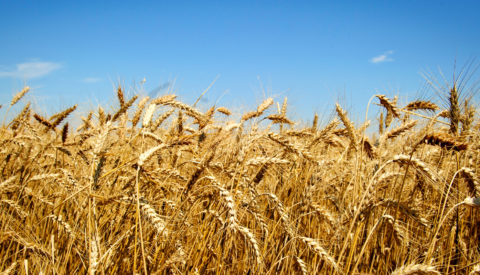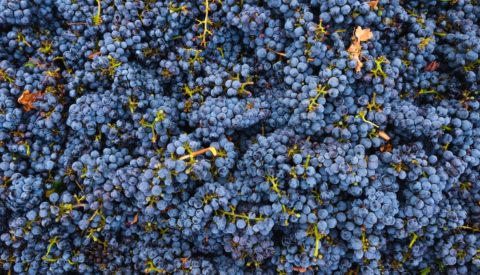The wine market’s slump deepened in early 2025 and grape sales activity remained depressed. Unfortunately, I don’t expect to see much improvement in either area in the near term. The weak wine sales figures are disappointing given glimmers of progress in 2024, particularly at the higher end of the market. Uncertainty around tariffs, trade deals, geopolitical risks and the overall economy look to have weighed heavily on consumer confidence and wine demand. The middle- and upper-price segments continue to hold up better than the lower end in the three-tier channel, but all segments are declining in sales dollars. Luxury sales have shown less deterioration in 2025, though this appears to be due to discounting. Direct-to-consumer sales also have been weak in early 2025 and U.S. wine exports declined by 18% in value terms during the first quarter, though they increased in volume as bulk exports remained resilient. The Economic Backdrop for Wine Sales Looks Dicey The labor market has been fairly resilient thus far in 2025, and inflation has moderated following a hot finish in 2024. But consumer sentiment, which had begun to improve following the November election, plummeted during the spring to its second-lowest level since records began in 1960, though there was some improvement in June. The economic outlook remains exceedingly uncertain. That said, I do expect to see some softening in the labor market during the second half of the year and potentially an uptick in inflation due to tariffs and potentially higher energy costs following recent tensions in the Middle East. Nonetheless, the Terrain team does not expect the economy to fall into an extended recession. Despite low confidence, consumers, particularly those with higher incomes, are still on reasonably sound financial footing as unemployment remains low and wages are still growing in real terms. Therefore, we do not expect the bottom to fall out of consumer spending – but households may curb their spending on discretionary items and luxury goods if the economy weakens. Because of the aforementioned factors the economic backdrop does not look conducive to improvement in wine sales in the near term, especially in the premium and luxury segments of the market. The prospect for a turnaround in exports is unlikely in the near-term due to a backlash against American wine in key regions, including Canada and Scandinavia. Grape Market Still Struggling, Too The heightened economic uncertainty and weakness in wine sales have weighed on demand for grapes and bulk wine. The modest pick-up in activity that was evident at the beginning of the year has subsided, particularly for grapes. The abundance of reasonably priced bulk wine continues to constrain demand for grapes. This is especially true in the coastal regions, where inventory is more excessive. Most of the activity thus far in 2025 has been sporadic contract re-signs, and many wineries are attempting to renegotiate contracts to take less fruit or reduce prices. Uncontracted fruit remains copious, and some growers are farming minimally or mothballing vineyards to reduce costs. Vineyard removal activity also continues at a steady pace. Though it is still early, no major problems with the 2025 crop are apparent and timing looks to be near normal. Expectations are for near-average to slightly above-average yields in most regions of California at this point. Given the muted near-term outlook for wine sales and benign growing conditions, I do not foresee much improvement in grape demand prior to harvest. Tariffs remain a wildcard, but I don’t expect them to have a major impact in the near term. Imports, which have surged over the past four months, should slow, but more-targeted and substantial tariffs would be needed to decisively shift the balance in favor of domestic growers. There should be more clarity in July when the 90-day reciprocal tariff pause ends. Vineyard sales remain subdued, but our American AgCredit appraisal team now has enough evidence to conclude that commercial vineyard values have fallen by 10% to 35% from the prior peak in most regions. The main exception being the prime segment of Napa Valley where values look to be holding steady.
More Articles
See All InsightsHow Can U.S. Agriculture Prepare for an Aging and Peaking Global Population? OMAHA, Neb., and SANTA ROSA, Calif. – In the not-so-distant future, the global population…
Agri-food invests in resiliency as it benefits from the snapback recovery The long-awaited period of pent-up, exuberant demand is here. And for all the benefits to…
The USDA released the preliminary California Grape Crush report on February 10, 2022. The report gave the industry a glimpse into grape production and values a…



